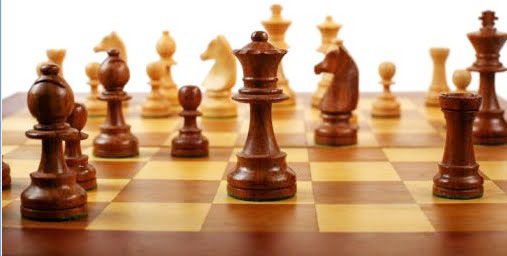It is hard to come by a newspaper that does not carry a story on Afghanistan. The country has invariably remained in the headlines since two planes crashed into the World Trade Center.
But it is even harder to find a story that discusses Afghanistan as anything but an international security matter or a chessboard of international politics. Important as these aspects are, they generally tend to exclude other significant facets of the Afghan crisis.
The Afghan quagmire is as much a consequence of the internal dynamics of Afghan state and society as it is of international politics, if not more. The peculiar customs and traditions resulting from the interplay of culture, religion and tribal affinities have shaped Afghan conduct for centuries and governed attitudes towards family, tribes and others including foreigners.
of the immense complexity of Afghan society, its distinctive as well as contradictory features and many other intricacies that are generally ignored. Any policy overlooking these realities is bound to fail. Viewing Afghanistan only from the lens of great-power politics can be problematic at best, and gravely flawed at worst. A deep understanding of Afghan society is not only imperative but indispensable for securing a better and prosperous future for the country
The majority ethnic community, Pashtuns, follow a distinct code of behavior known as Pashtunwali. It not only defines the meaning of being a Pashtun but also regulates his behaviour in life by providing the guiding principles. Nothing is more valued by an Afghan than personal and tribal honour. Even the smallest act of insult has to be revenged with the greatest strength of valour. The ownership of land plays a major part in defining the social status of families and clans.
Cousins often compete for the land of their grandfather. Consequently, cousin rivalries are not only common but a distinctive feature of Afghan society. Families often stand divided due to intra-familial politics over land; uniting only when family honour is threatened by an external enemy. At the same time, it is not too uncommon for the Afghans to leverage outside support against rival cousins.
Tribal conflicts in this part of the world are a routine feature. These familial and tribal fissures have also helped imperial powers assert their control over the Afghans by cleverly pursuing a policy of divide and rule.
Ironically, as much as inter-tribal disunity helps imperial powers permeate their authority over the tribes, the tribal instincts of Afghans have also remained the major obstacle against any attempt to centralize power. Tribal culture, by its very nature, is averse to the centralisation of authority. The Pashtun opposition to central authority can be even more fierce when the centralizing authority is a non-Pashtun. Sooner or later, one or more groups of Pashtuns will mount resistance against those who they regard as unlawful usurpers. The First Anglo-Afghan War and the Jihad against the Soviet Union manifest Afghan hostility towards the outsiders trying to rule them.
The Taliban insurgency also bears testament to this reality. Not being able to withstand rule by Tajiks and Uzbeks or Pashtuns sponsored by the USA, the Taliban movement embodies the resentment felt by one for being subordinated to the “other”. The Tajiks, on their part, have resented rule by Pashtuns to the extent that some would even despise being called “Afghan” as the word is generally considered synonymous with being a Pashtun and was forced upon the non-Pashtuns. Historically, relations between Pashtuns and non-Pashtuns in Afghanistan have remained tense at best and bloody at worst, reflected in a fierce rivalry that dates back centuries.
The Taliban movement also represents another important facet of Afghan society- religion.
Islam is generally seen as a galvanizing force behind the Taliban’s rise and resistance after 9/11 when their regime was toppled by the USA. However, the role of religion in Afghan society cannot be described in simplistic terms. Rather, religion weaves a complex web of interlinkages and rivalries within the Afghan polity. The Taliban or the Pashtuns in general are predominantly Sunni Muslims. An inherent antagonism exists between the Sunnis and the Shia Hazaras, who by the way are non-Pashtuns. In other words, sectarianism also reinforces the ethnic rivalries.
Nonetheless, appeal to religious sentiments is common among Afghans rallying for support against external threats or a particular political cause. Indeed, Mullah Omar publicly wrapping himself in the cloak of the Holy Prophet (PBUH) in 1996 needs to be viewed in this context. The gesture was meant to confer upon his leadership and the Taliban movement a religious sanctity. Yet, in traditional Afghan society and ordinary settings, the position of the Malik or the tribal chieftain is separate from that of the Mullah.
By now you may have caught a glimpse of the immense complexity of Afghan society, its distinctive as well as contradictory features and many other intricacies that are generally ignored. Any policy overlooking these realities is bound to fail. Viewing Afghanistan only from the lens of great-power politics can be problematic at best, and gravely flawed at worst. A deep understanding of Afghan society is not only imperative but indispensable for securing a better and prosperous future for the country.























